Vintage Tribal Kilim Runner 3' 1" x 11' 3" (37" x 135")
Type:
Kilim RugsCollection:
Tribal RunnersID:
K0077316Size:
Material:
The designs feature a rich array of symbols representing tribal culture and Anatolian motifs, often in the form of medallions, diamonds, and other geometric shapes.
The designs feature a rich array of symbols representing tribal culture and Anatolian motifs, often in the form of medallions, diamonds, and other geometric shapes. These kilim runners are ideal for hallways and narrow spaces, offering a touch of ethnic charm and artisanal quality to any interior.
Herki kilims not only serve as functional floor coverings but also as artistic expressions of tribal identity, making each rug a unique cultural artifact.
Design Elements
- Pattern: The vintage tribal kilim runner features a series of geometric patterns that are characteristic of kilim rugs. These patterns utilize a combination of shapes such as diamonds, squares, and triangles to create a visually appealing composition.
- Layout: The design is organized in a symmetrical layout, which brings balance to the overall appearance of the rug. The central motifs are prominently displayed, drawing the eye along the runner's length.
- Borders: The rug has a decorative border that frames the main design. This border typically showcases simpler motifs that enhance the intricate designs within the center, creating a harmonious contrast.
- Texture: The kilim runner exhibits a flatweave texture, characteristic of kilim rugs. This type of construction lends a smooth and lightweight feel, making the rug ideal for use in various settings.
Colors
- Color Palette: The kilim runner features a neutral color palette, primarily consisting of warm beige, cream, and soft brown tones. This muted color scheme allows the geometric patterns to stand out while maintaining an organic and earthy feel.
- Contrast: The interplay between the light and dark shades enhances the visibility of the motifs, providing depth to the design. The contrast between the background and the patterns creates an engaging visual texture.
- Symbolism of Colors: The colors often symbolize earthiness and stability, reflecting the natural environment from which the motifs derive inspiration. Neutral tones can evoke feelings of warmth and comfort, making the rug suitable for cozy interior decor.
Main Motifs and Their Symbolism
- Geometric Shapes: The primary geometric shapes, including diamonds and squares, represent balance and harmony. They are often associated with the journey of life and the interconnectedness of all beings.
- Stars: Star-like motifs frequently symbolize guidance and hope. They are thought to protect travelers and bring positive energy to the space.
- Threads: The lines connecting the geometric shapes signify the bonds between family members and the importance of community, often reflecting the cultural heritage of the weaver.
- Nature Motifs: Some motifs may resemble aspects of nature, representing growth, prosperity, and the cycle of life. These elements highlight an intrinsic relationship with the environment and appreciation of natural beauty.
Summary
The vintage tribal kilim runner combines intricate geometric patterns and a neutral color palette that evokes warmth and earthiness. The design is balanced and symmetrical, featuring symbols that represent harmony, protection, and community. The motifs, along with their meanings, enrich the aesthetic appeal of the runner, making it not only a decorative piece but also a reflection of cultural heritage and natural interconnectedness.
- Ships in 1-4 business days
- Only one in stock, handmade, unique
- Free shipping via FedEx Express. Easy returns
- Contact us or add a note to your order if you want us to delay your shipping.
- Request more info if you want this rug shorter or narrower
Colors may appear slightly different across various monitors due to screen settings device differences, and external lighting conditions. If color accuracy is important for your space, we recommend viewing the rug on multiple devices or contacting us for a detailed color description. We can provide detailed photos and references using Sherwin-Williams, Benjamin Moore, Pantone, or even Crayola crayons.
You can also visualize most of our products in your own room with AR (augmented reality) on an iPhone or iPad.
Return Policy
Need a rug pad? We recommend RugPadUSA
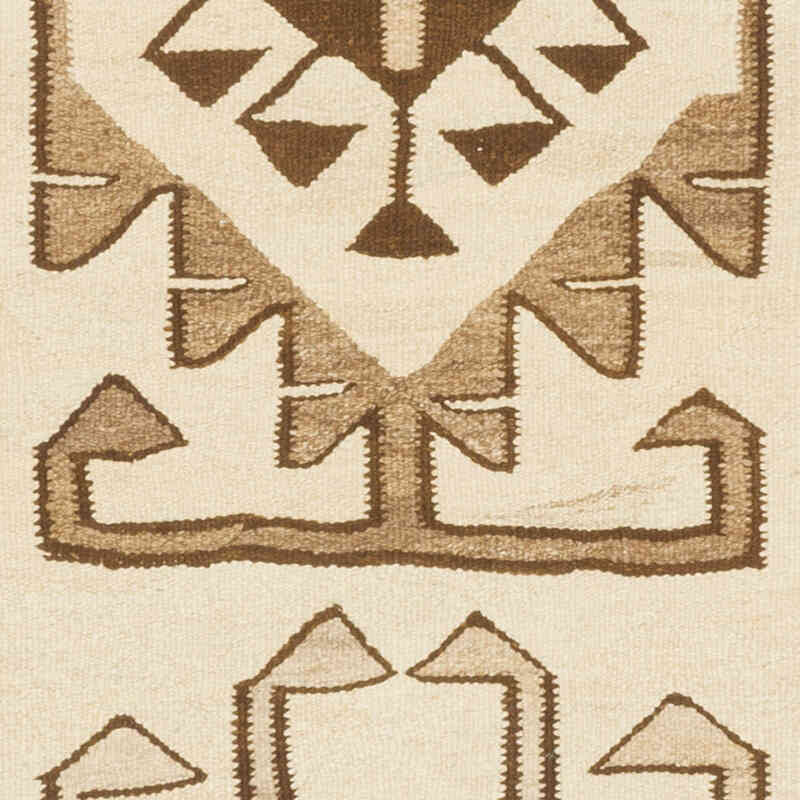

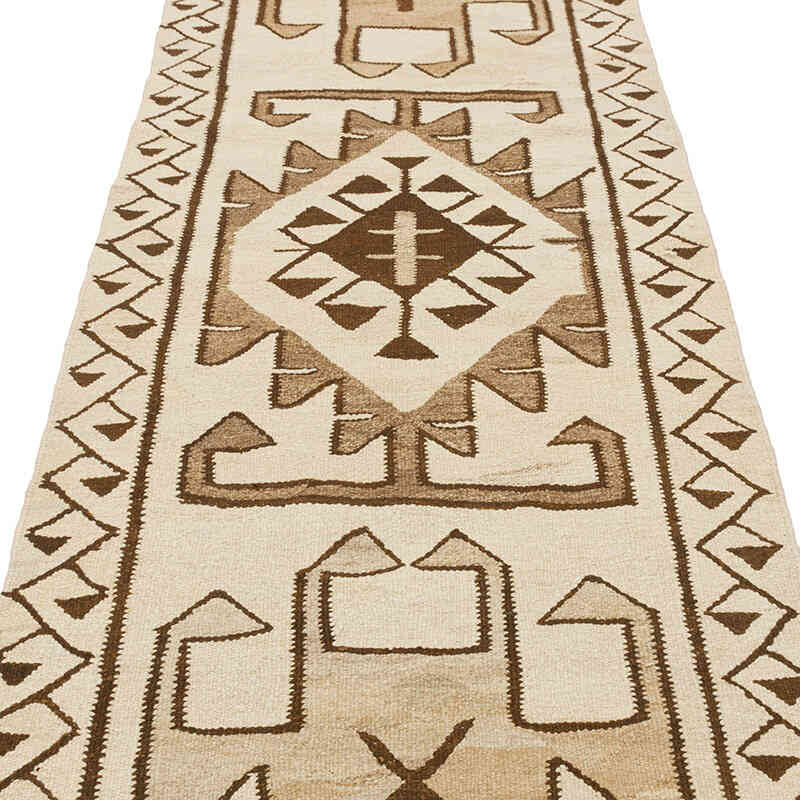

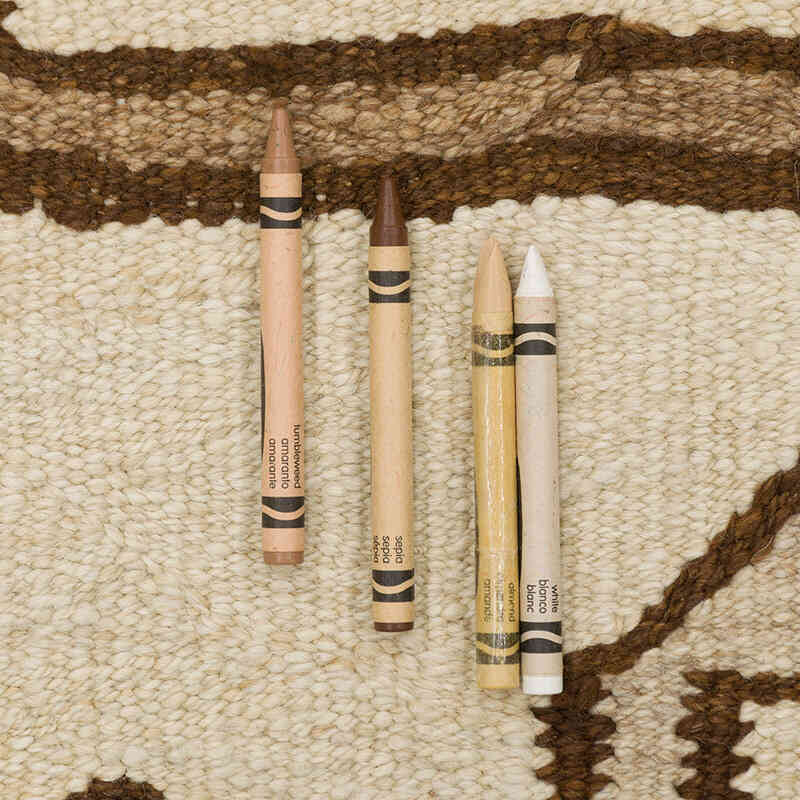
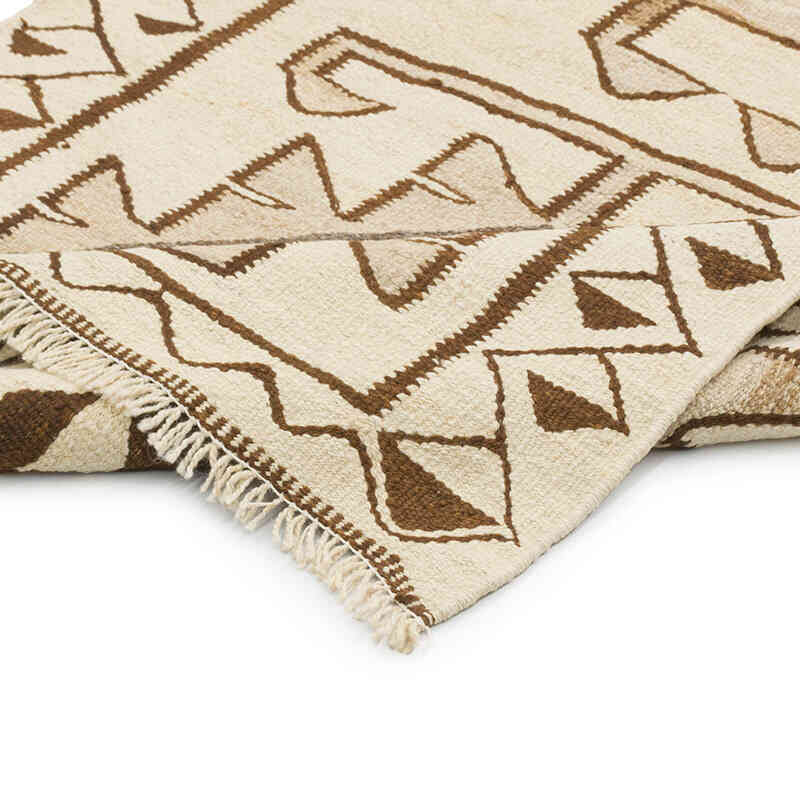
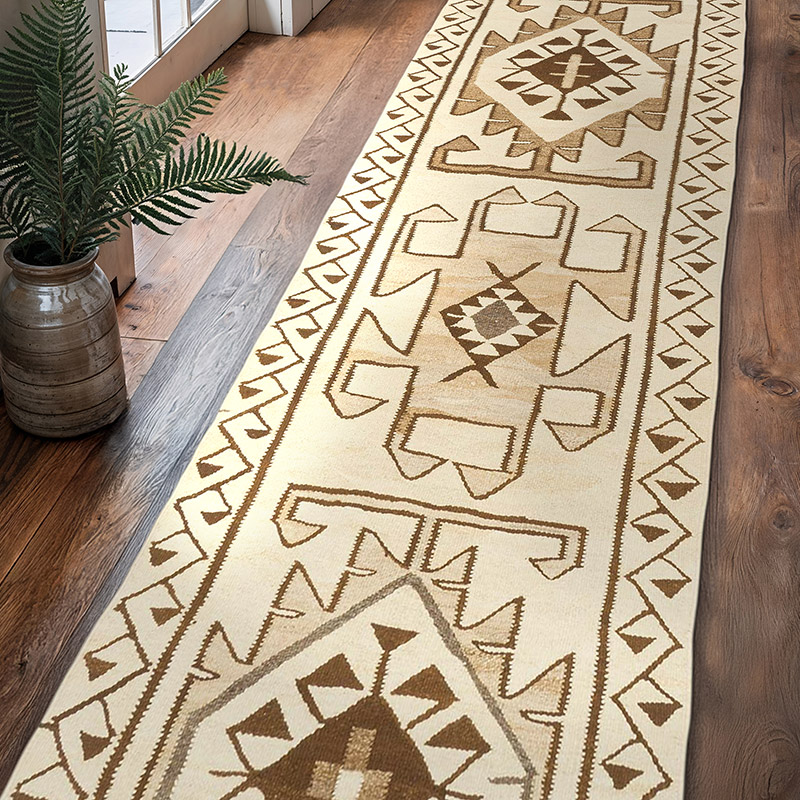






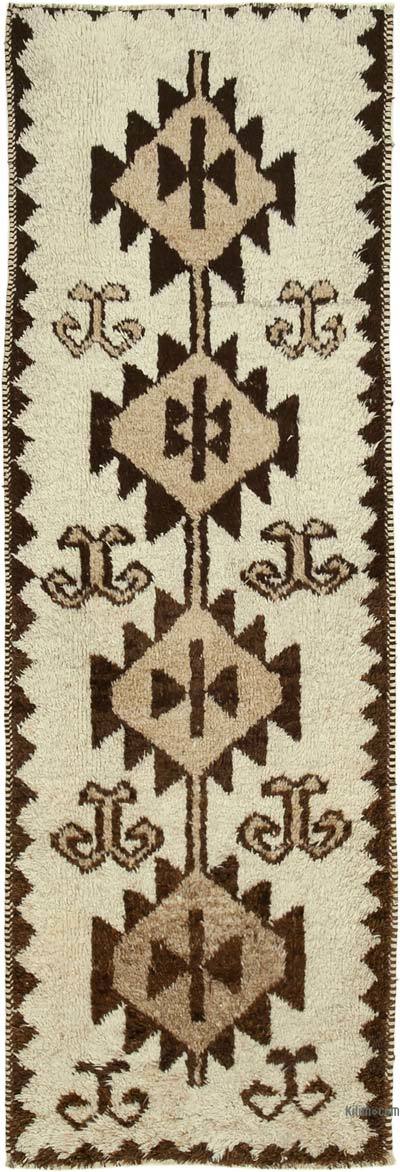









Great experience!